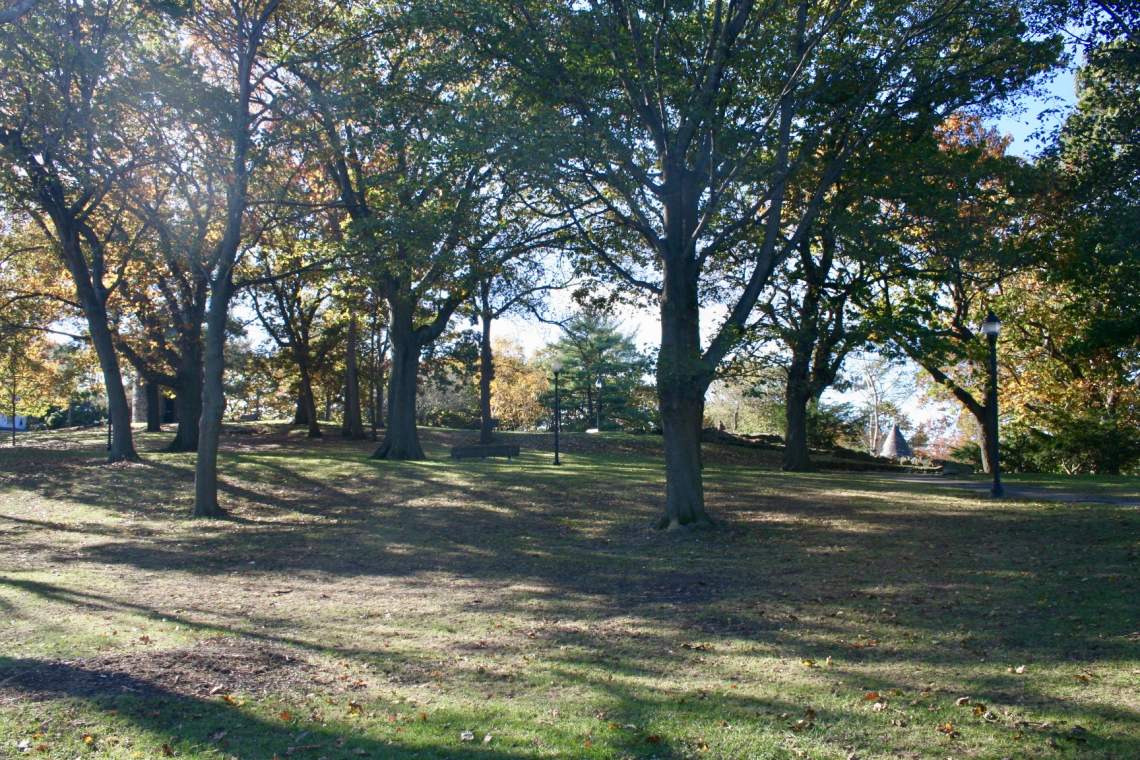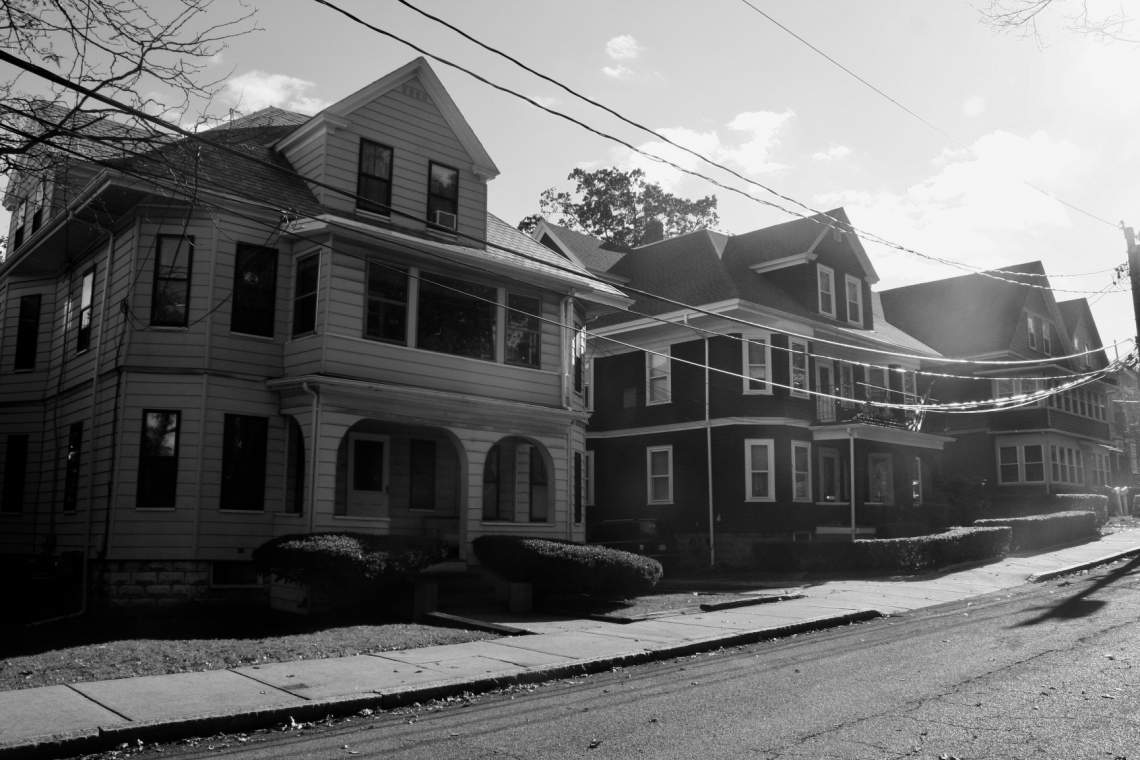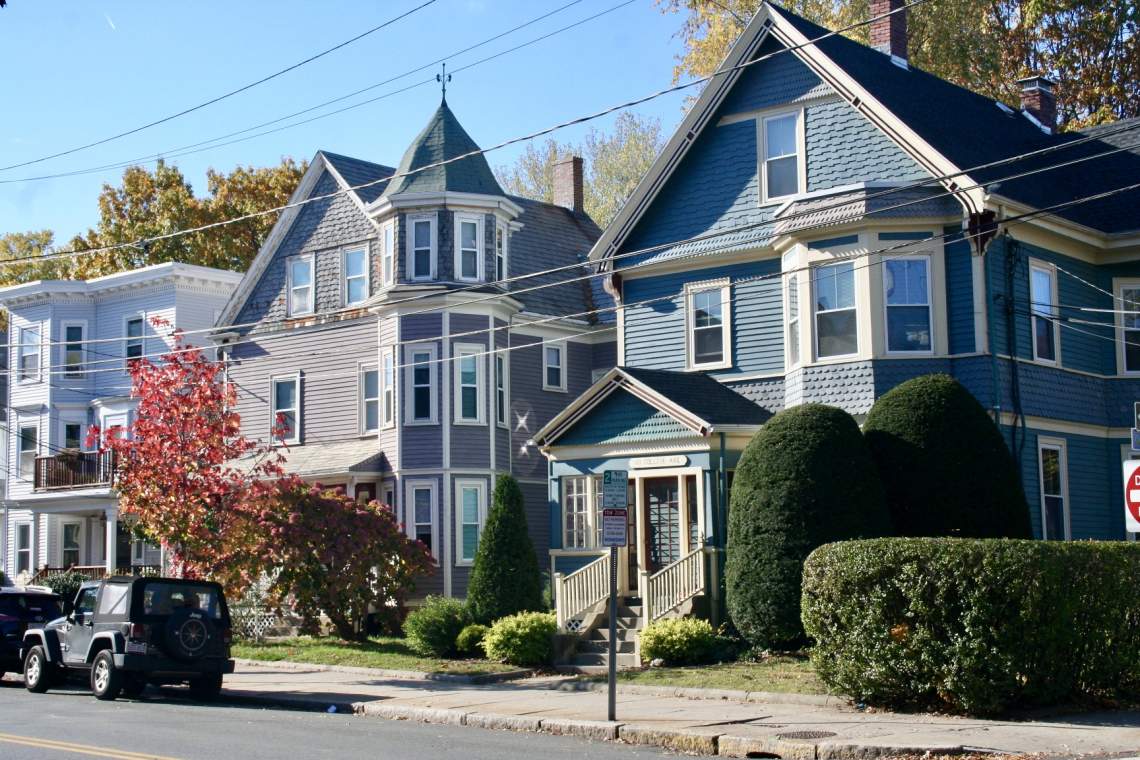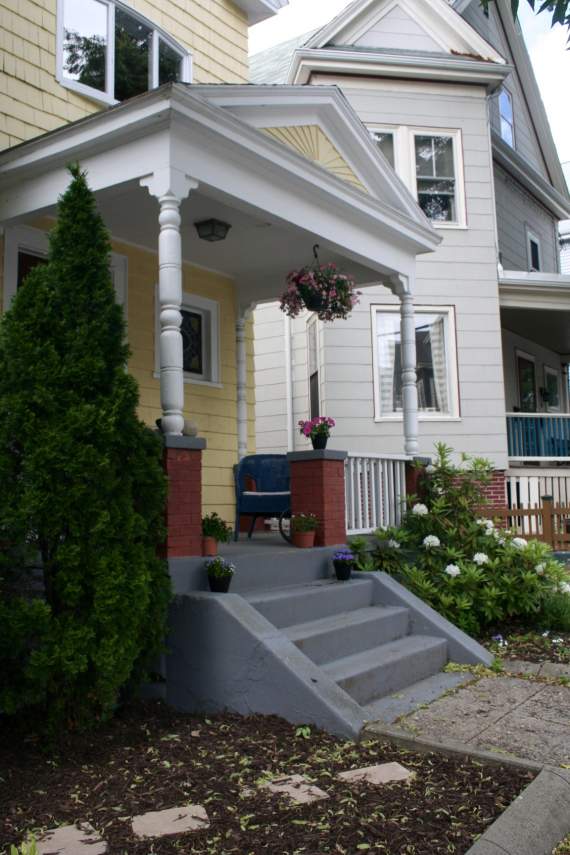Somerville
The city of Somerville was first settled in 1629 as part of Charlestown. From that time until 1842, the area of present-day Somerville was referred to as “beyond the Neck” in reference to the thin spit of land, the Charlestown Neck, that connected it to the Charlestown Peninsula. Somerville was home to one of the first hostile acts of the American Revolutionary War. The theft of colonial gunpowder by British soldiers, and the massive popular reaction that ensued, are considered to be a turning point in the events leading up to war.
First built by settlers for use as a windmill in the early 1700s, the Old Powder House was sold to the colonial government of Massachusetts for use as a gunpowder magazine in 1747. Located at the intersection of Broadway and College Avenue in present-day Powder House Square, the Old Powder House held the largest supply of gunpowder in all of Massachusetts. General Thomas Gage, who had become the military governor of Massachusetts in May 1774, was charged with enforcement of the highly unpopular Intolerable Acts, which British Parliament had passed in response to the Boston Tea Party. Seeking to prevent the outbreak of war, he believed that the best way to accomplish this was by secretly removing military stores from storehouses and arsenals in New England. When the Revolutionary War over, the residents of Somerville were able once again to devote their energies wholeheartedly to the business of making a living from the 1780s until Somerville’s separation from Charlestown in 1842.
Somerville’s commercial property is not concentrated in a recognized downtown central business district but instead, is spread over many different nodes or corridors of business activity. Somerville lies next to Cambridge and is home to Tufts University. Somerville offers a lively and fun place to live. Davis Square and the Minuteman Trail all nearby Somerville offer’s single and multi-family neighborhoods with a metropolitan flare. Davis Square one can find live music, restaurants, and cultural venues. Somerville is a great area for someone who wants the balance of being near mass transit and wants to be able to have their car with ease.
Key Facts about Somerville
Public Transportation
Redline: Davis Square, Orange Line Assembly, Wellington Station
Landmarks
Prospect Hill Monument
Notable Neighborhoods
Assembly Square
Ball Square
Davis Square (considered West Somerville)
Duck Village
East Somerville (East of McGrath Highway, between Washington and Broadway Streets)
Gilman Square (consisting of Medford Street and Pearl Street)
Inner Belt District
Magoun Square
Powder House Square
Prospect Hill (part of Union Square)
Spring Hill
Teele Square
Ten Hills
Tufts
Union Square
Wilson Square (Elm Street and Somerville Avenue)
Winter Hill
Dog Parks
Bailey Park
Community patch near cedar street
Dilboy Field
Nunziato Field
Palmacci Park
Prospect Hill Park
Saxton Foss Park
Shore Drive Parkland
Farmers Market
Union Square Farmers Market-253 Washington St, Somerville, MA 9 am to 1 pm Saturday, May 13 through November 18,
Davis Square Farmers-Day St & Herbert St, Somerville, MA Market Wednesday 12-6pm
Somerville Winter Farmers Market-191 Highland Ave, Somerville, MA Saturday 930-2pm December 2- April 14.
Schools
Tufts University
Public Schools
NEXT WAVE / FULL CIRCLE SCHOOLS 6-12
WINTER HILL COMMUNITY INNOVATION SCHOOL pre-k to 8th Grade
WEST SOMERVILLE NEIGHBORHOOD SCHOOL Pre-k to 8th Grade
CAPUANO SCHOOL Pre-K
KENNEDY Pre-k to 8th Grade
EAST SOMERVILLE COMMUNITY SCHOOL Pre-K to 8th Grade
BROWN SCHOOL Pre-K to 5th
HEALEY School Pre-k to 8th
ALBERT F. ARGENZIANO SCHOOL (PK-8)
Somerville High School






